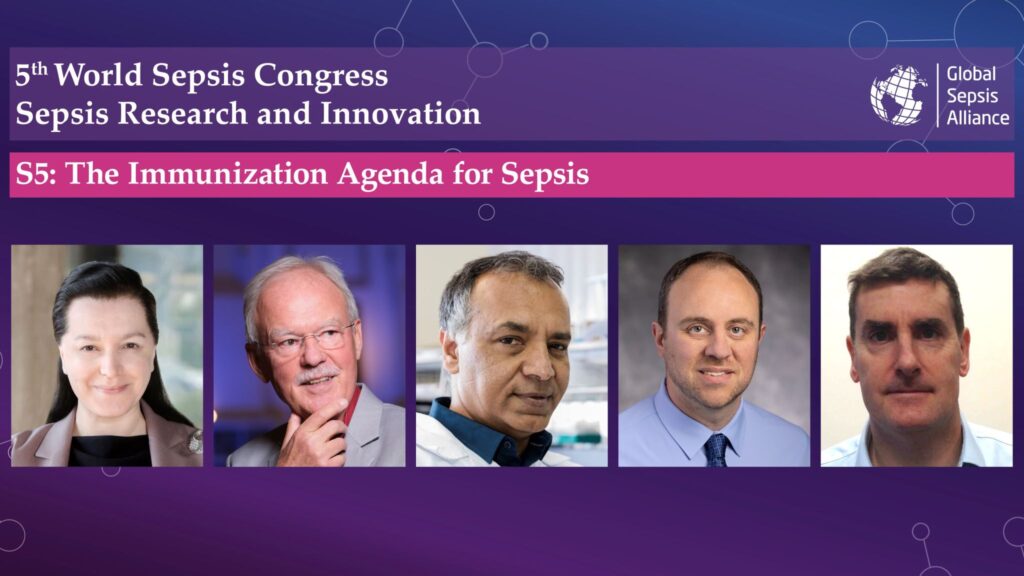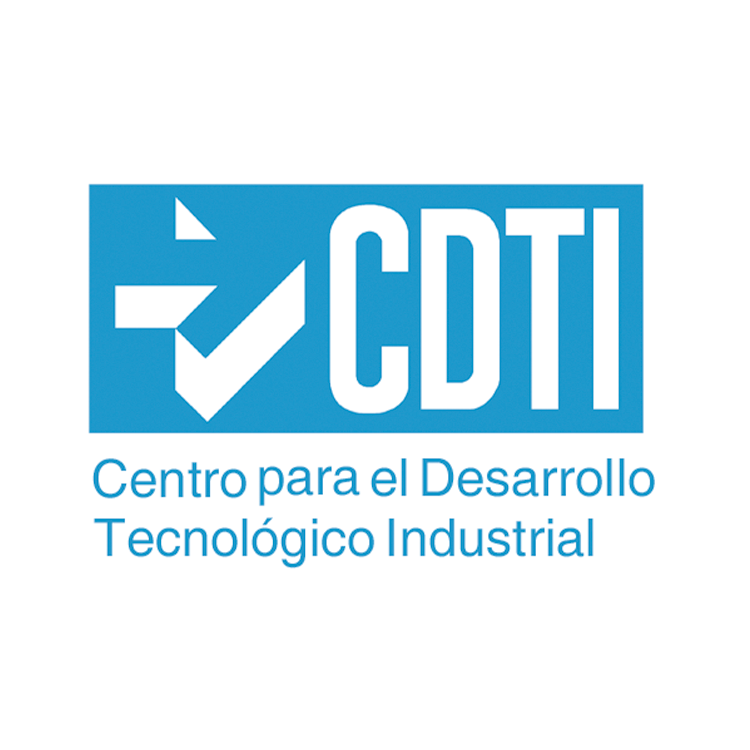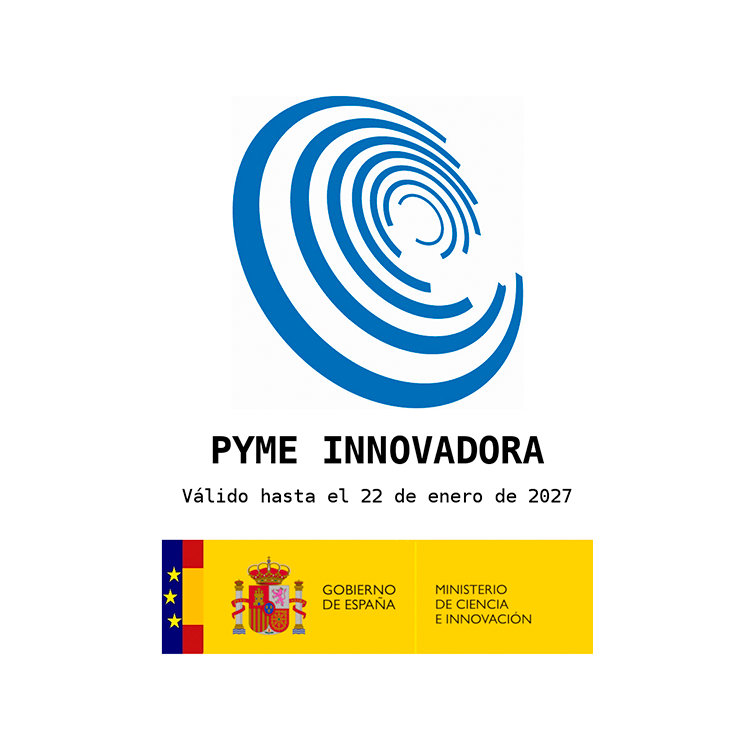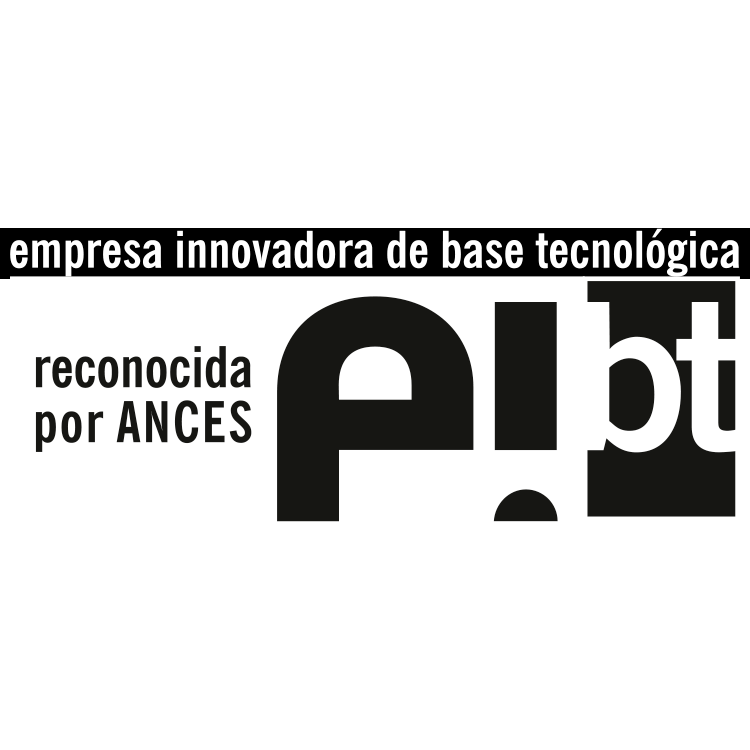The 5th World Sepsis Congress, organized by the Global Sepsis Alliance, was a wake-up call. More than 100 experts, institutional representatives and organizations from 180 countries shared the same conviction during two intense days: sepsis can no longer occupy a secondary place on the global health agenda.
In this summary made by the Viva in Vitro team, attending this edition as one of the pioneering companies in the field of immunological medicine and research in the NLRP3 inflammasome as a pillar of personalized medicine in the fight against sepsis, we show the highlights of the day.
1. Epidemiology and global burden of sepsis
- Shocking figures:
- 48.9 million cases annually, with 13.7 million deaths (20% of all global deaths).
- It especially affects children under 5 years of age (20.3 million cases) and pregnant women (5.7 million).
- In Europe: 680,000 deaths annually, with 2 million survivors with long-term disabilities.
- High incidence countries: USA, Sweden and Germany report >700 cases per 100,000 population. Incidence and mortality vary considerably between countries, disproportionately affecting low- and middle-income countries (LMICs).
2. Economic aspects
- Medical Costs: The average cost per patient with sepsis is €36,191.
- Productivity Loss: Sepsis contributes to an overall productivity loss of 70%-80%.
- Health Budget: Represents 2.65% of the health budget expenditures.
- Post-Sepsis Unemployment: 47% to 49% of patients who survive sepsis become unemployed.
- Return on Investment (RoI): In Australia, a 50% reduction in mortality has been observed with a RoI of 6 times. In Canada, the savings is $50.6 million with a RoI of 112 times.
3. Pathogens and diagnosis
Sepsis can be caused by a variety of pathogens, including bacteria, viruses and fungi. The most common pathogens include:
- Bacteria: Staphylococcus aureus, Escherichia coli, Klebsiella pneumoniae, Pseudomonas aeruginosa, Acinetobacter baumannii, Streptococcus pneumoniae, Enterococcus faecalis, Neisseria meningitidis, Haemophilus influenzae.
- Viruses: Influenza, rotavirus, norovirus, adenovirus, cytomegalovirus.
- Fungi: Candida spp, Aspergillus spp, Cryptococcus spp.
Diagnosis
The diagnosis of sepsis is based on early identification of organ dysfunction and host response to infection. Biomarkers play a crucial role in diagnosis and risk stratification. Some of the biomarkers used include:
- Procalcitonin (PCT): Indicator of bacterial infection.
- C Reactive Protein (CRP): Indicator of inflammation.
- Cytokines and chemokines: IL-6, IL-8, TNF-α, among others.
- New tools: host response tests (e.g. MeMed BV™, SeptiCyte™) and AI algorithms (e.g. Sepsis ImmunoScore) for diagnosis and prognosis.
Rapid diagnostic tools, such as real-time PCR and advanced biosensors, are significantly improving patient outcomes by reducing mortality, morbidity and healthcare costs.
4. Treatment and strategies
Treatment of sepsis includes early administration of antimicrobials, management of organ dysfunction, and implementation of performance improvement strategies.
Antimicrobials
- Duration of Treatment: Shorter duration of antimicrobial therapy (5-7 days) is recommended for adults with sepsis or septic shock and adequate source control with biomarker monitoring (PCT, CRP).
- Biomarkers for Initiating and Discontinuing Antibiotics: Procalcitonin and clinical assessment are used to decide when to initiate and discontinue antimicrobials.
Precision Immunotherapy
Precision immunotherapy is emerging as a key strategy for the treatment of sepsis, tailoring therapies to individual patient characteristics.
- Sepsis immunotypes: Identification of immunotypes based on states of inflammation and immune resistance.
- Immunomodulating Therapies:
- Anakinra (anti-IL-1) and interferon-gamma (IFNγ) to modulate the immune response in hyperinflammatory sepsis or immunoparalysis.
- Nangibotide (TREM-1 inhibitor) shows benefits in patients at high risk (elevated levels of sTREM-1).
- IL-6 blockade (e.g., tocilizumab) under investigation for severe sepsis.
5. Vaccines and Antimicrobial Resistance (AMR)
Vaccines are an important tool in the strategy against antimicrobial resistance (AMR), although they continue to be underestimated.
Vaccine Candidates
- IBT-V02: Heptavalent toxoid vaccine targeting seven exotoxins.
- LBT-SA7: Multivalent protein vaccine in clinical development.
- GSK SA-5Ag: Five-antigen vaccine for recurrent skin infections.
Challenges and Future Directions
- mRNA and T3SS vaccines: Vaccines targeting components of the type III secretion system (T3SS) and mRNA vaccines in preclinical stages.
- Whole Cell/OMV Vaccines: Experimental vaccines based on inactivated whole cells and outer membrane vesicles (OMV).
Vaccines have the potential to prevent up to 515,000 deaths annually and save $30 billion in hospital costs associated with AMR.
6. Innovations and future
Artificial Intelligence (AI)
AI is revolutionizing the diagnosis and management of sepsis by using machine learning algorithms for risk prediction and stratification.
- Sepsis ImmunoScore: Uses 22 input parameters integrated into the EMR to predict the probability of sepsis, 30-day mortality, and 24-hour clinical deterioration.
- Apollo EARS: AI-based empirical antibiotic recommendation system that analyzes demographics, comorbidities, current infections and antibiotic sensitivity patterns.
Quick Diagnosis
Rapid diagnostic tools are significantly improving patient outcomes by reducing mortality, morbidity and healthcare costs.
- Host Response Tests: Use RNA patterns to detect infections, differentiate infection types, stratify risks and predict therapeutic responses.
- Modern Methods: Include real-time PCR, MALDI-TOF, and advanced biosensors.
Patient Stratification and Prognosis
Patient stratification and prognosis are being improved through the use of biomarkers and AI tools.
- Biomarkers: Measurable indicators of biological status that aid in early diagnosis, risk stratification and patient management.
- Procalcitonin (PCT): Used to guide antibiotic discontinuation and improve survival.
Personalized Medicine
Personalized medicine is emerging as a key strategy for the treatment of sepsis, tailoring therapies to individual patient characteristics.
- Sepsis immunotypes: Identification of immunotypes based on states of inflammation and immune resistance.
- Immunomodulatory Therapies: Use of drugs such as anakinra and interferon gamma to treat different immune states in sepsis.
7. Long-term consequences
- Post-sepsis sequelae: 50% of survivors suffer chronic fatigue, PTSD, cognitive impairment and increased risk of rehospitalization.
- Economic impact: High rehabilitation costs and loss of productivity.
8. Conclusions
Sepsis is a preventable and treatable global emergency, but it requires:
- Early detection with biomarkers and rapid technologies.
- Rational use of antibiotics guided by PCT/PCR.
- Personalized immunotherapies to modulate immune dysfunction.
- Investment in vaccines and combating AMR.
- Focus on low-income countries, where the burden is disproportionate.











